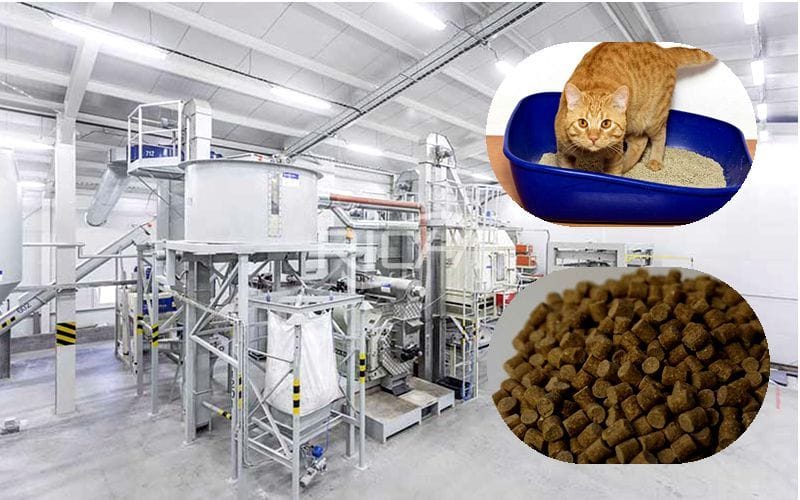
Cat litter is one of those products that’s essential for pet owners, yet few people know much about how it’s made. In fact, creating cat litter involves a detailed and technical process to ensure it clumps, controls odors, and is safe for cats. Here’s an inside look at what goes into making the litter we rely on to keep our homes clean and our cats comfortable.
Step 1: Choosing the Right Ingredients
A great litter starts with the right ingredients, usually natural minerals. Clay, especially bentonite clay, is the primary choice because it’s highly absorbent and has excellent clumping properties. Other litters are made from silica gel crystals, recycled paper, or even corn. Each ingredient brings unique qualities that affect how well the litter performs, from odor control to texture.cat litter factory
Step 2: Mining the Material
For clay-based litters, the journey begins at large quarries, where the clay is mined and then transported to factories. Bentonite clay, which swells when exposed to moisture, is particularly effective for clumping litters. Eco-friendly alternatives use other materials like wood or paper, which are often sourced from recycled or sustainable sources.
Step 3: Grinding and Sizing the Litter
At the factory, the raw material goes through a grinding process to break it down into smaller particles. These particles are then sized according to the product’s specifications, as some types of litter use larger or finer grains to provide different benefits. The ground particles are carefully screened to achieve the ideal texture and consistency, creating granules that are easy to scoop and handle.
Step 4: Reducing Dust
A dust-free litter is essential for both cats and their owners, as dust can be irritating when inhaled. To address this, factories use dust-extraction systems to remove as much dust as possible from the ground material. Advanced “dust-free” formulas go through extra dust-removal steps to make the litter safer and more pleasant to use.
Step 5: Enhancing with Clumping and Odor-Control Agents
This step is crucial to making clumping litter effective. Factories add special clumping agents that help the litter bind tightly when it gets wet, creating solid clumps that are easy to scoop out. Odor-control ingredients, like baking soda, activated charcoal, or natural enzymes, are also added to neutralize smells. Some brands may include fragrances to further mask unpleasant odors, while others remain unscented for sensitive cats.
Step 6: Testing for Quality
Every batch of litter undergoes rigorous quality testing to make sure it meets performance standards. Litter is tested for clumping ability, dust content, odor control, and absorbency. Some factories even use test cats to assess whether the litter is comfortable and effective in real-life use. Only after passing these checks is the litter approved for packaging.
Step 7: Packaging and Shipping
Once the litter has passed all quality tests, it’s ready for packaging. cat litter factory Most litters come in bags or boxes of various sizes, with packaging features like resealable tops and handles for convenience. The litter is then shipped to stores and warehouses around the world, ready for purchase by cat owners everywhere.
From Factory to Feline
The journey from raw materials to finished cat litter is a fascinating process, involving science, precision, and a deep understanding of what both cats and owners need. The next time you fill your cat’s litter box, remember that each granule is the result of a carefully controlled process designed to make your life—and your cat’s—cleaner and more comfortable. From clumping to odor control, cat litter is a product made with care, so it’s ready to be your clumping companion in maintaining a fresh and happy home.